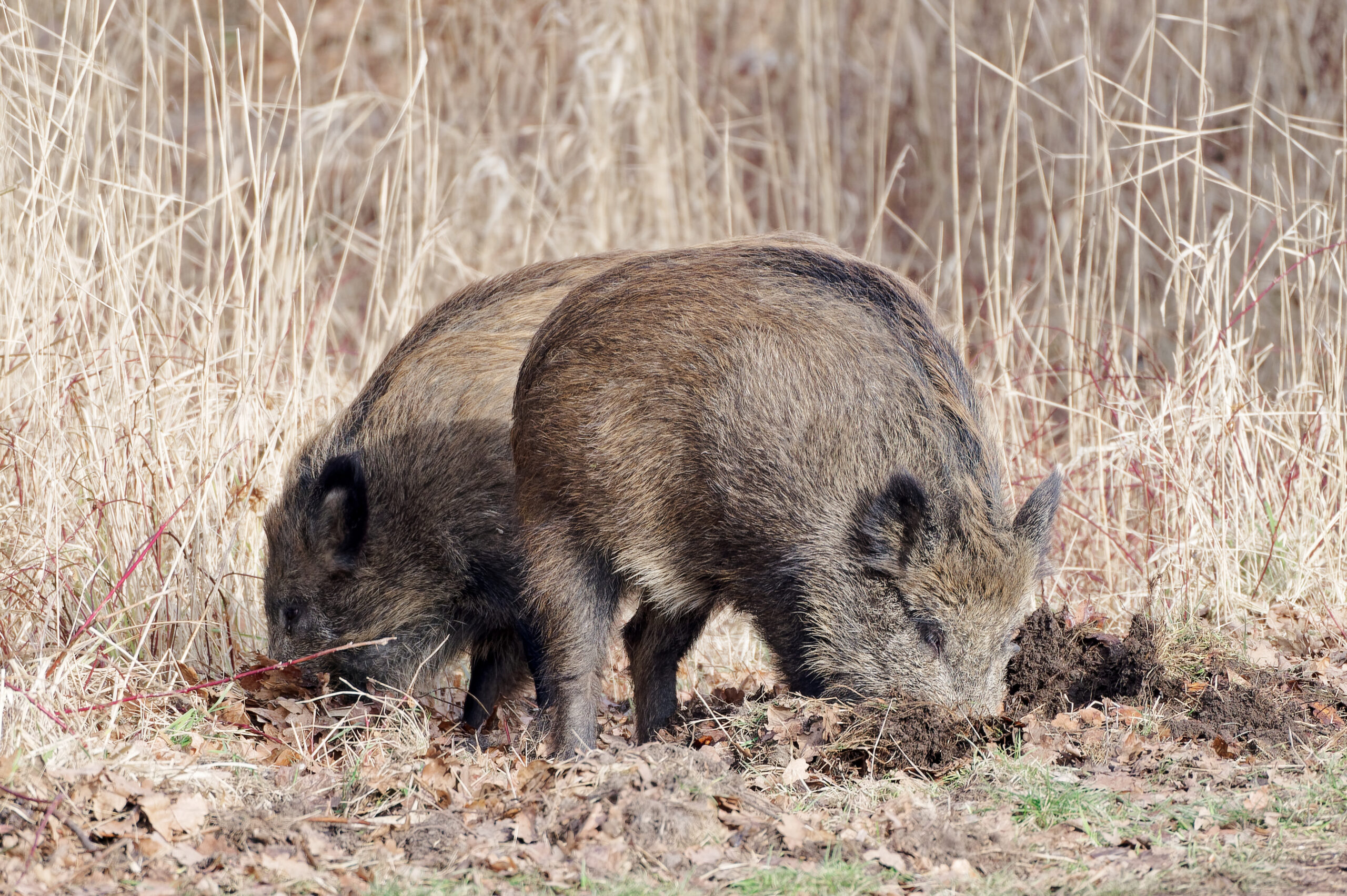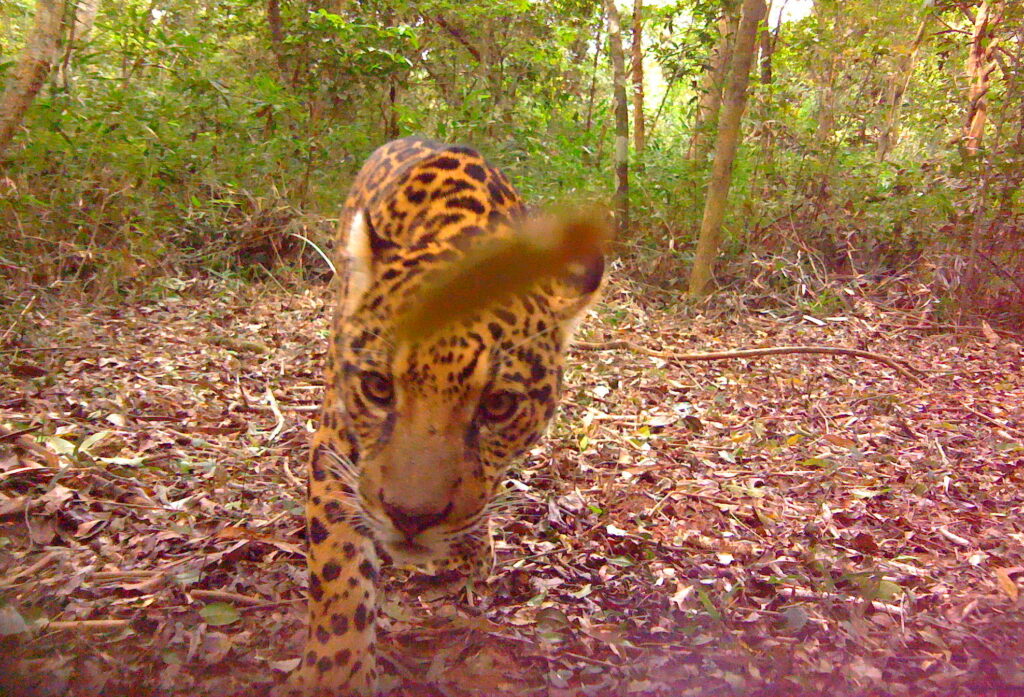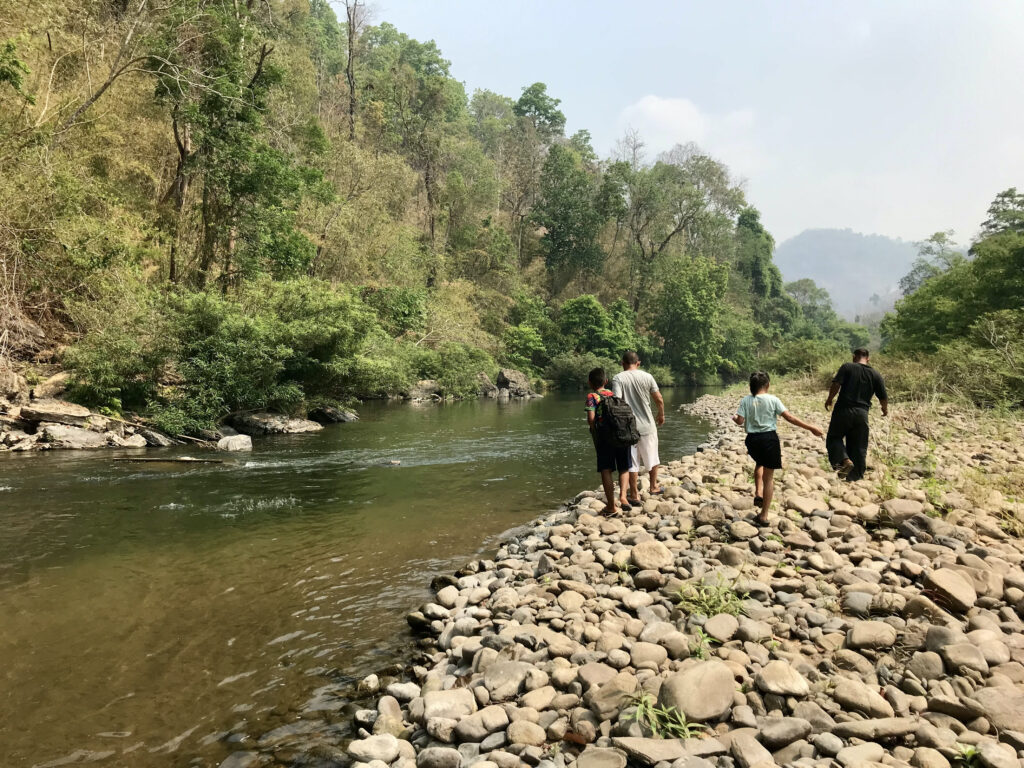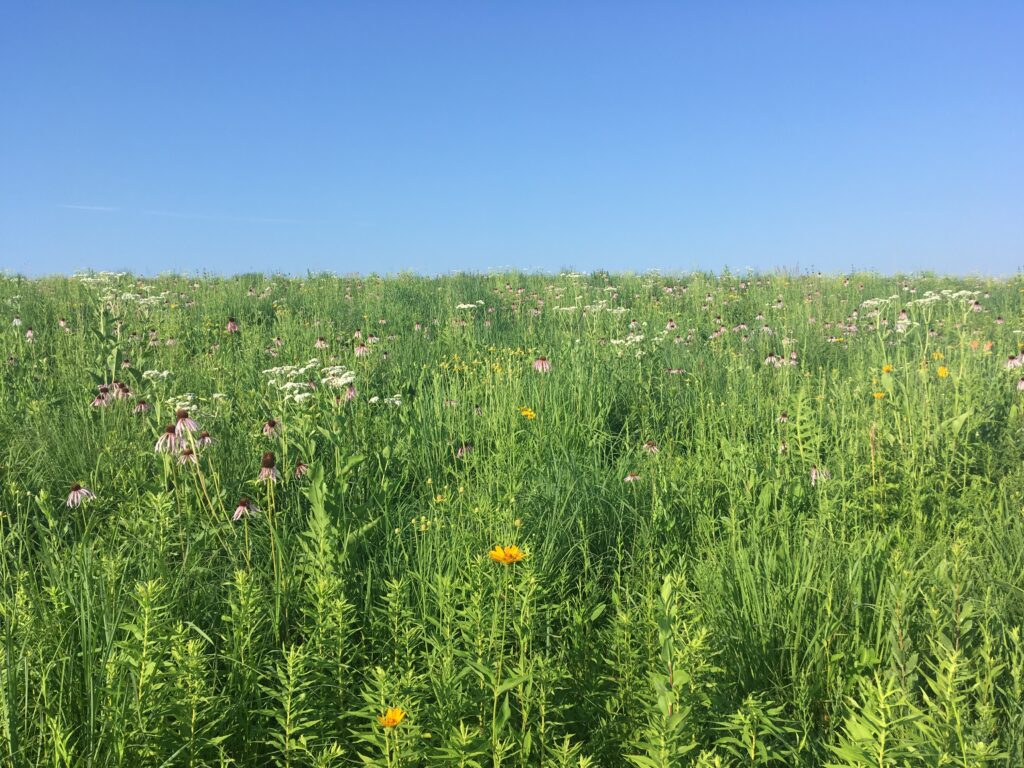Feature image: Wild boars near Basistówka Street in Kraków (Photo credit: Jakub Hałun/Wikimedia Commons)
Imagine the wild boar—a powerful, muscular, and hairy creature—helping delicate, endangered butterflies. These ungulates search for food by using their snout to excavate the soil—known as ‘rooting’—to find plant roots, invertebrates, and fungi. In this way, wild boars act as natural ‘gardeners’ and, unintentionally, create microhabitats that are crucial for some plants and animals.
Butterflies are one group of animals whose habitat could benefit from, or be harmed by, the wild boar. Butterflies require specific host plants, humidity conditions, and sunlight during their life cycle. For example, the Italian festoon (Zerynthia cassandra), whose population is declining, relies on host plants from the Aristolochia genus. It also has a limited flight range, making the species vulnerable to changes in the microhabitat, which could potentially be altered by wild boar activity.
Researchers Rocco Labadessa and Leonardo Ancillotto assessed the impact of wild boars on these butterflies. Specifically, they examined the impact of wild boar activity on the growth, density, and flowering of host plants, and on the selection of sites for egg-laying by the butterflies. The sampling was carried out on the Murgia plateau in the Apulia region of Italy. From 2018–21, Labadessa and Ancillotto studied forest clearings that were important for the butterfly and its host plant, where boar activity was detected, and without human or livestock disturbance. The impact of wild boar rooting on vegetation and butterflies in these clearings was compared with undisturbed control plots with similar environmental conditions.
Their study revealed that plots disturbed by wild boar had a higher cover of plant species that provide nectar for Italian festoons compared to undisturbed plots. Specifically, the presence and abundance of Aristolochia clusii was positively influenced by wild boar rooting. A. clusii often grows in clusters derived from tuber fragmentation. Wild boar rooting creates favourable conditions by altering soil structure, boosting nutrient availability, reducing the cover of competitive species, and increasing the chances of fragmentation and dispersal of A. clusii tubers. With an increase in host plants, an increase in occurrence of butterfly eggs and larvae was recorded. Hence, wild boar rooting activities have a direct positive effect on the occurrence of butterfly eggs and larvae.
Additionally, A. clusii. is typically shorter compared to surrounding grass and herbaceous plants. Wild boar rooting leads to a reduction in grasses leaning against these host plants, allowing for greater sunlight exposure. This in turn creates warmer microclimatic conditions around the plants, which supports larval development by enhancing metabolic processes, leading to more rapid growth—further demonstrating that rooting also has a direct positive effect on the development of butterfly larvae.
While the study emphasises the benefits of wild boar rooting for the Italian festoon and its habitat, the increasing wild boar populations across Europe necessitate a careful assessment of the wider ecological implications, including potential conflicts with native ecosystems and agricultural interests.
Further Reading :
Labadessa, R. and A. Leonardo. 2023. Beauty and the beast: multiple effects of wild boar rooting on butterfly microhabitat. Biodiversity and Conservation 32: 1189–1204. https://doi.org/10.1007/s10531-023-02545-7.






